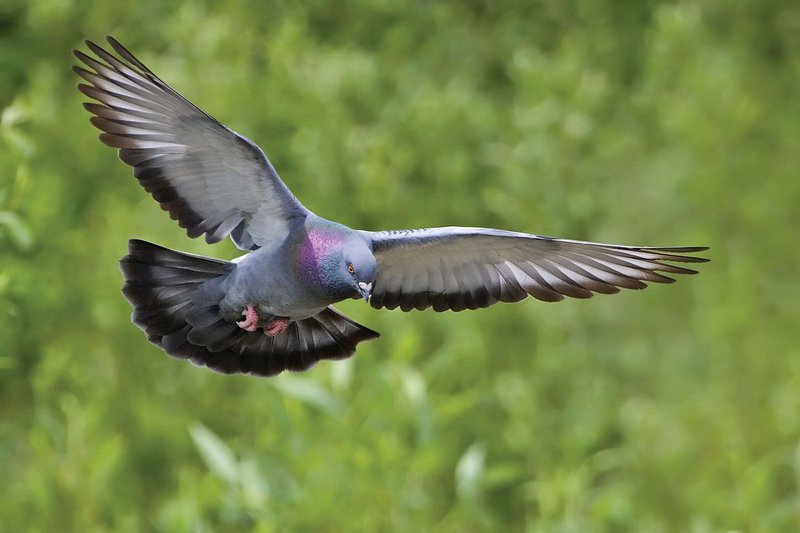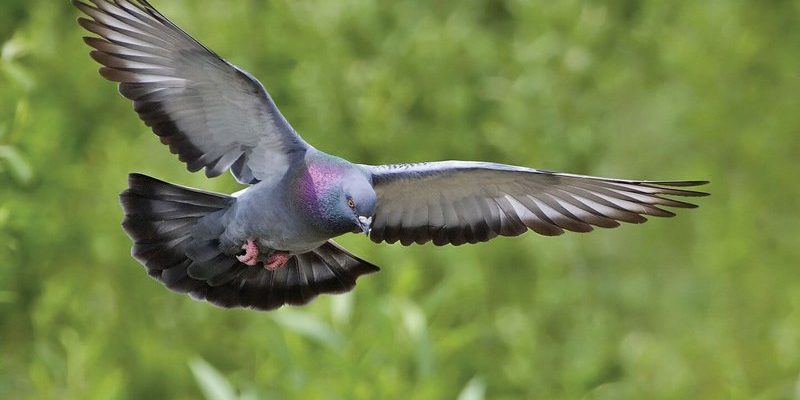
Pigeons, often seen fluttering around city parks and squares, symbolize a variety of things in different communities. From messengers of peace to bringers of good fortune, these birds have a unique place in human history and culture. So, grab your favorite beverage, and let’s dive into the fascinating role pigeons play around the globe.
Pigeons as Symbols of Peace
Throughout history, pigeons have been widely recognized as symbols of peace. This idea really took off after World War II when the dove—often associated with the pigeon family—became a universal emblem of peace and hope. Think about it: when you see a dove, it’s usually depicted holding an olive branch, a sign of reconciliation and harmony.
In various cultures, pigeons embody the spirit of community and cooperation. For example, during conflict, the act of releasing pigeons or doves can symbolize the desire for unity and understanding. It’s like saying, “Let’s leave the past behind and move forward together.” This representation is a powerful reminder of the potential for peace in even the most turbulent times.
Not only do pigeons symbolize peace, but they also serve as real-life messengers. In ancient times, people used carrier pigeons to deliver messages over long distances. These trusty birds would fly back home, delivering news and updates. Can you imagine relying on a bird for communication in a world without phones or the internet? It’s a reminder of a simpler time, when messages were shared in the sky.
Pigeons and Love: Romantic Folklore
If you’ve ever seen two pigeons snuggling close together, you might have noticed how adorable they look! In many cultures, these birds are also symbols of love and fidelity. The notion that pigeons mate for life has contributed to their romantic symbolism.
For instance, one popular belief in Western cultures is that if a couple sees a pair of pigeons while they’re on a date, it’s a sign of lasting love for them. Imagine sharing your favorite spot in a park and witnessing a pair of pigeons cooing at each other. It’s a sweet, serendipitous moment that can spark a grin and a conversation about love and companionship.
In folklore, tales of pigeons and love often shine a light on the beauty of relationships. In India, for instance, there’s a popular story about a young couple who turned into pigeons after their untimely death, flying together for eternity. Such stories highlight the enduring connection that love can foster, transcending even life itself.
Pigeons in Mythology and Spirituality
Many cultures incorporate pigeons into their mythology, seeing them as messengers from the divine or spiritual realms. For example, in ancient Egyptian mythology, pigeons were associated with the goddess Isis, symbolizing fertility and motherhood. It’s fascinating how one bird can take on so many meanings depending on the cultural context.
In some Indigenous cultures in North America, pigeons are considered sacred and are often seen as symbols of intuition and wisdom. The belief is that these birds carry messages from the spirit world, guiding people through challenges and offering advice. This connection to spirituality showcases the profound respect that many cultures have for pigeons and their role in connecting humanity to the unseen.
Moreover, in many parts of Asia, pigeons are often released during ceremonies as a way to honor ancestors or invite good fortune into one’s life. Releasing pigeons is like sending a part of your spirit into the world, creating a connection between the earthly and the divine.
Pigeons as Cultural Icons: Art and Literature
Pigeons have made quite the splash in art and literature, often depicted as symbols of freedom, resilience, or the everyday hero. From classic paintings to contemporary street art, these birds have inspired countless artists who capture their essence in various forms.
In literature, pigeons often represent the common man, embodying themes of struggle and survival in urban environments. They’re portrayed as the unsung heroes of the streets, navigating through bustling city life. This portrayal can resonate deeply, shining a light on the resilience of both the birds and, metaphorically, the people who identify with them.
Think about how pigeons are often featured in folk tales and children’s stories. They’re the characters who embark on adventures, overcome obstacles, and ultimately find their way home. This narrative mirrors the human experience—everyone has their journeys filled with trials and triumphs.
Pigeons in Local Festivals and Traditions
Around the world, pigeons are celebrated in various festivals and traditions, showcasing their importance in local cultures. For example, in some Mediterranean countries, pigeon racing is a popular pastime. Enthusiasts train these birds to fly long distances, returning home. It’s a thrilling event that fosters a sense of community among participants as they cheer for their flying friends.
In Spain, the famous “Pigeon Festival” celebrates the relationship between communities and these birds. Here, locals gather to release pigeons into the sky as a symbol of hope for a bountiful harvest. It’s a beautiful sight to behold, with dozens of birds soaring into the air, representing dreams and aspirations.
Moreover, in certain regions of Asia, pigeons are part of wedding ceremonies, symbolizing the couple’s commitment to each other. Releasing pigeons during a wedding is a way to bless the union with peace and love. Such traditions highlight how deeply intertwined pigeons are with people’s lives, showcasing their importance in significant life events.
The Future of Pigeons in Culture
As cities evolve and technology advances, the role of pigeons in culture may continue to shift. We live in a time when urban landscapes are rapidly changing, and many natural habitats are disappearing. While some people see pigeons as mere pests, others view them as a reminder of nature’s resilience. Their presence in urban areas makes them a symbol of adaptability, showcasing how life can thrive even in the most unexpected places.
Moreover, there is a growing awareness of the need to protect and preserve wildlife, including pigeons. Conservation efforts are emerging to ensure these birds can continue to be part of our cultural fabric. This initiative is crucial as we recognize the broader implications of our relationship with the environment and the animals we share it with.
In literature and art, the portrayal of pigeons is likely to evolve as artists and writers explore new themes. As society grapples with issues like climate change and urbanization, pigeons may take on new meanings that reflect our struggles and triumphs in an ever-changing world.
In conclusion, pigeons play a fascinating and multifaceted role in local cultures and folklore. From being symbols of peace and love to representing resilience and adaptability, these birds have woven themselves into the human story in ways that are both profound and beautiful. So the next time you see a pigeon, take a moment to appreciate its rich legacy and the many layers of meaning it holds across cultures. Who knew these everyday birds could tell such incredible stories?

